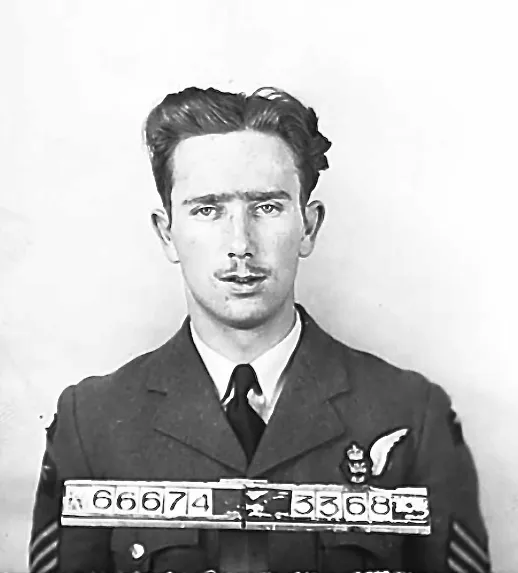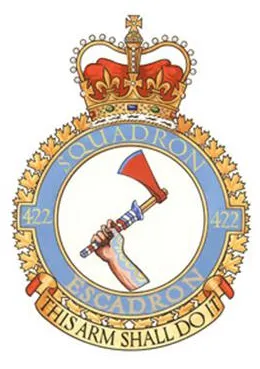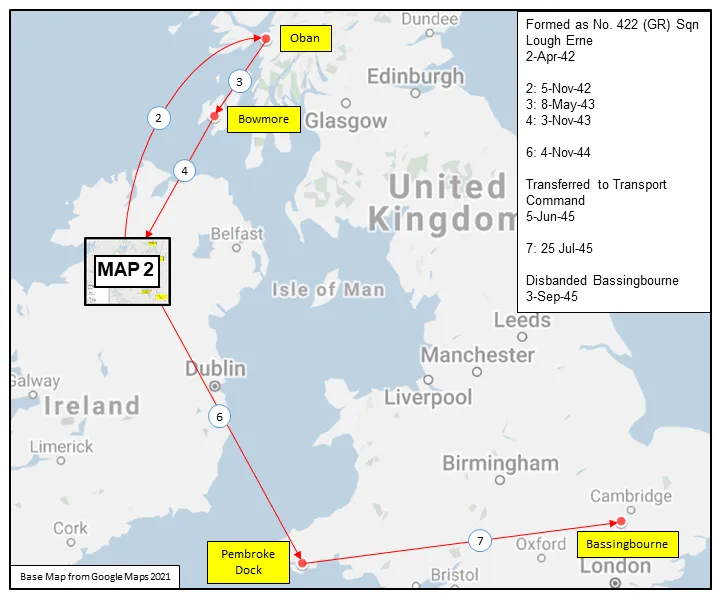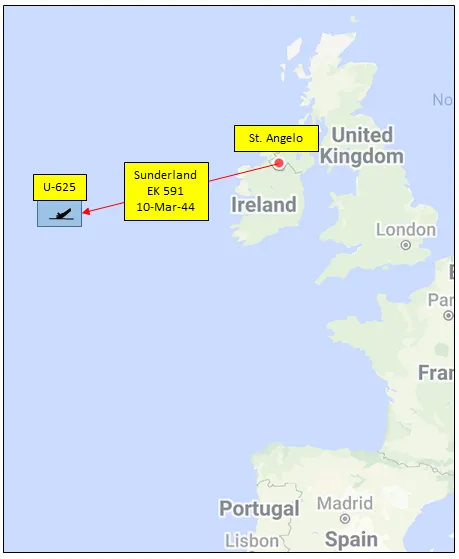Short Sunderland

Short Sunderland, coded Z, 15 Apr 1943
The Short S.25 Sunderland was a British flying boat patrol bomber, developed and constructed by Short Brothers for the Royal Air Force (RAF). The aircraft took its service name from the town (latterly, city) and port of Sunderland in North East England.
Developed in parallel with the civilian S.23 Empire flying boat, the flagship of Imperial Airways, the Sunderland was developed specifically to conform to the requirements of British Air Ministry Specification R.2/33 for a long-range patrol/reconnaissance flying boat to serve with the Royal Air Force (RAF). As designed, it served as a successor to the earlier Short Sarafand flying boat. Sharing several similarities with the S.23, it featured a more advanced aerodynamic hull and was outfitted with various offensive and defensive armaments, including machine gun turrets, bombs, aerial mines, and depth charges. The Sunderland was powered by four Bristol Pegasus XVIII radial engines and was outfitted with various detection equipment to aid combat operations, including the Leigh searchlight, the ASV Mark II and ASV Mark III radar units, and an astrodome.
The Sunderland was one of the most powerful and widely used flying boats throughout the Second World War. In addition to the RAF, the type was operated by other Allied military air wings, including the Royal Australian Air Force (RAAF), Royal Canadian Air Force (RCAF), South African Air Force (SAAF), Royal New Zealand Air Force (RNZAF), French Navy, Norwegian Air Force, and the Portuguese Navy. During the conflict, the type was heavily involved in Allied efforts to counter the threat posed by German U-boats in the Battle of the Atlantic. Wikipedia
 YouTube Short Sunderland (1940-1949)
YouTube Short Sunderland (1940-1949)
CASPIR Aircraft Groups:
RCAF 400 Squadron (1), Canadian Aircraft Losses (45)Sunderland Mk. III NJ175
With No. 422 (GR) Squadron, RCAF, coded "T". Crashed on 12 August 1944, following engine failure shortly after take off from Castle Archdale. Jettisoned depth charges, and was jettisoning fuel whne it crashed. Struck a hill 2 miles south of Belleek, turned over, broke in two and caught fire. 3 killed, 4 severely injured. Crash site also reported as Corlea, Cashelard, Republic of Ireland. Survivors visited crash location in late 2004.





 Shorts Sunderland Donegal 1944
Shorts Sunderland Donegal 1944 Scarborough, Ontario
Scarborough, Ontario



 Wikipedia Short Sunderland
Wikipedia Short Sunderland



